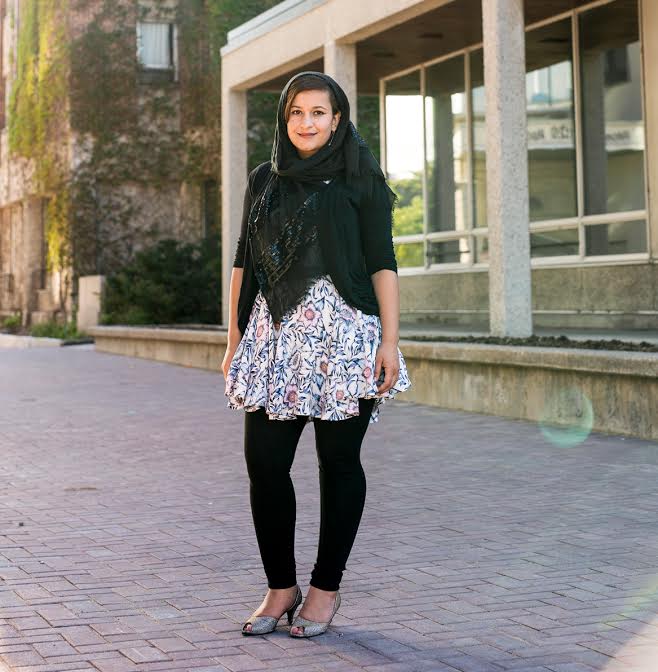The problem
THE LONG, COLOURFUL tails on peacocks; the loud, distinctive cry of birds; the useless eye-stalks of some flies: All these traits are found in nature, even though all of them make the bearer an easier target for its enemies. But still, these traits are passed on through generations, making researchers wonder about their purpose.
Evolution is full of species that have naturally selected—and potentially dangerous—physical traits. Female peacocks, for example, prefer males with large and colourful tails, even though they make them easier for predators to spot.
A question arises: Why and how do animals choose their mates (something scientists refer to as sexual selection), and how does this selection affect the species? Does it hasten the removal of harmful genes, or does it promote diversity and speed up the development of the species?
The researcher
University of Ottawa biology professor Howard Rundle looks for logic behind sexual selection. Evolution happens at a different rate for different species, based on how long each generation lives and breeds. By using fruit flies for testing, with their short life cycle, he tracks evolutionary changes in populations in years instead of millennia, allowing him to watch evolution as it happens.
The project
Rundle set up many populations of flies and controlled for how they mate. For each population, he allowed some groups of flies to pick their mates themselves, while others were forced to select mates at random rather than according to their normal preferences.
After data from several generations was analyzed, it became clear how genes harmful to the flies were passed on. The answer surprised the researchers.
In theory, if sexual selection allows for harmful genes to be bred out faster than random mating, you’d expect less of those harmful genes in the flies allowed to mate selectively. Instead, Rundle found there were no differences between populations, and for a few genes, there were less copies of the harmful genes in the randomly mated population—completely the opposite of what you’d expect.
The key
With further analysis, the reason for the contradiction became apparent. While female and male flies both chose mates without the harmful genes, there were unforeseen consequences.
When males breed with healthy females, they inject the latter with proteins that put their reproductive systems into overdrive. This brings down their fitness compared to the females carrying the defective genes, hurting the healthy females in the long run.
This problem in studies of sexual selection has long been abundant with theories and absent in data. Experimental biology is finally catching up to theory and providing answers to the consequences of mating.
Are you doing interesting science? Do you have a professor who can’t stop talking about his research? Let us know at
research@thefulcrum.ca
—Allan Johnson



